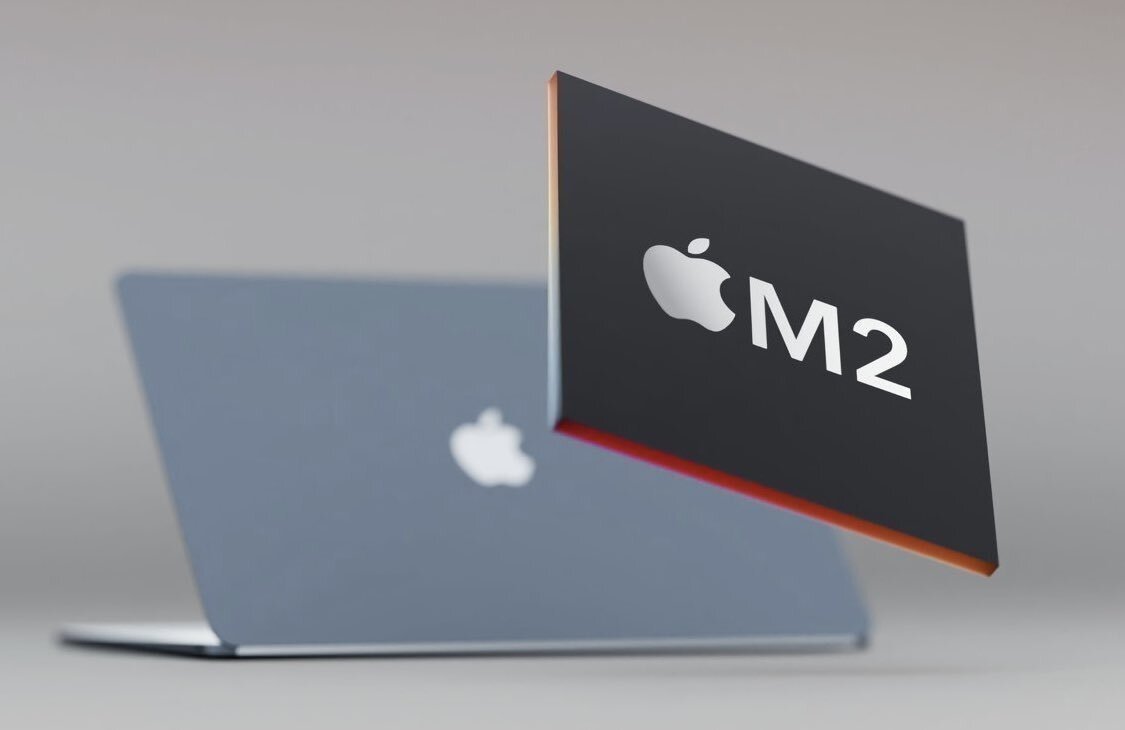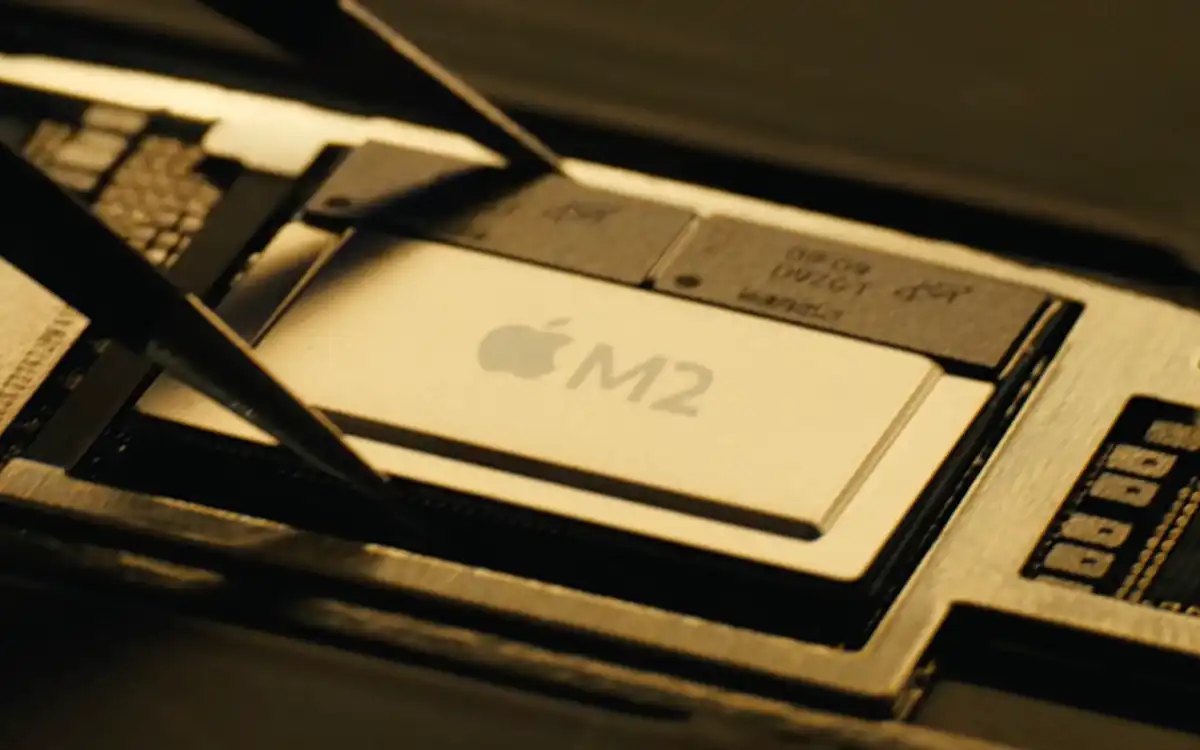A new vulnerability in Apple Silicon chips allows a determined attacker to access user data by stealing encrypted keys. Researchers discovered an issue with encryption operations, such as encrypting files, in Apple’s M series chips. However, since there is a problem with the architectural design of the chip, it seems very difficult to fix it.
Apple Silicon vulnerability leaks encryption keys
The issue , detailed by a group of researchers on Thursday and reported by ArsTechnica , likely resides in the data memory-dependent prefetcher (DMP), which predicts the memory addresses of data that will be accessed by currently running code. By prefetching data, it becomes a target for searching for malicious code.
This is because it uses previous access patterns to determine its predictions for the next bit of data to be fetched from cache memory. It is possible for an attacker to use this method of operation to affect cache data and open the door to access sensitive data.

GoFetch Attack: Stealing Encrypted Keys
The attack, which the researchers call “ GoFetch ,” exploits a quirk in DMP usage in Apple Silicon. In describing the attack, the researchers confirm that it is possible to “look like” a pointer, where DMP will treat this as an address location and then pull that data into the cache. The cached appearance of the address is visible, which means malicious code can activate it.
The attack manipulates data within the encryption algorithm to look like a pointer, using a chosen input attack. DMP sees the data value as an address and brings the data from this address by leaking the address itself. The GoFetch attack uses the same user privileges as many other third-party macOS apps, rather than root access. This lowers the barrier to entry for actually executing the attack, but that’s not the whole story.
In order for the GoFetch application running the attack to work, it must be used on the same chipset as the encrypted target application and both must use efficiency cores or performance cores at the same time. It is cluster dependent, meaning that applications continue to run even if they are run on different cores within the same cluster.
Researchers claim that the attack works against classical encryption algorithms as well as new quantum-enhanced versions.
Effects and Prevention
The main problem with the attack is that Apple Silicon itself cannot be patched, as it is a central part of the design. Instead, cryptographic software developers need to take mitigation measures to work around the problem.
It is also possible that the vulnerability activation process only runs on efficiency cores, since they do not have DMP functionality. Since it does not run on faster cores, encryption performance is still weak. A third option actually applies to M3 chips; A special bit can be injected to disable DMP. The researchers also explained that the level of performance loss that will occur has not yet been discovered.
This is not the first serious vulnerability to hit Apple.
In 2018, Meltdown and Specter processor vulnerabilities, which have affected all Mac and iOS devices as well as almost all X86 devices since 1997, were also discovered.














